There are times when packing light really is what matters most for photo adventures. And on those occasions when hauling a big camera bag with a bunch of specialty lenses isn’t an option for one reason or another, a multi-purpose superzoom lens such as the Sigma 18-250mm F3.5-6.3 DC OS HSM is a great choice.
This lens is an impressive combination of reach, range and versatility in a single multi-tasking piece of glass that can do just about everything from wide landscapes, to telephoto wildlife, close-ups (1:3.4 max magnification), short tele portraiture, and help make a strong shot of most situations you’ll want to shoot on your adventures, without ever having to swap lenses. And it does all this at a very attractive street price, I might add!
- Watch this short video for a hands-on demonstration of the features and functions of this lens.

The Sigma 18-250mm F3.5-6.3 DC OS HSM is available in Sigma, Canon, Nikon, Pentax and Sony/Minolta mounts for APS-C cameras.
This APS-C specific lens is a 13.8x optically stabilized zoomer that weighs in at just over a pound and a half with a field of view range comparable to about a 28-400mm on a full-frame camera. That’s a whole lot of lens in a compact four-inch long package! You can check out the full product specs, including SLD and Aspherical lens element construction that help keep shots sharp and crisp through the full focal range here.

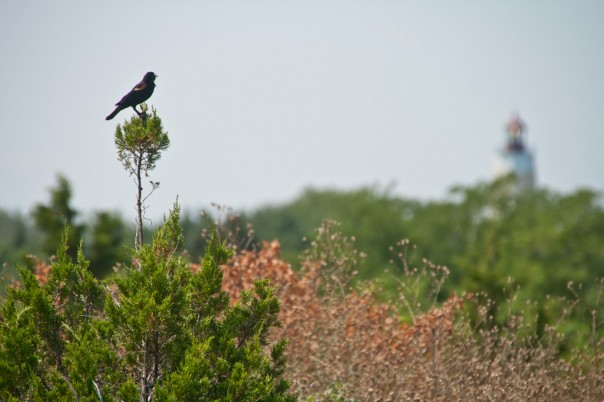
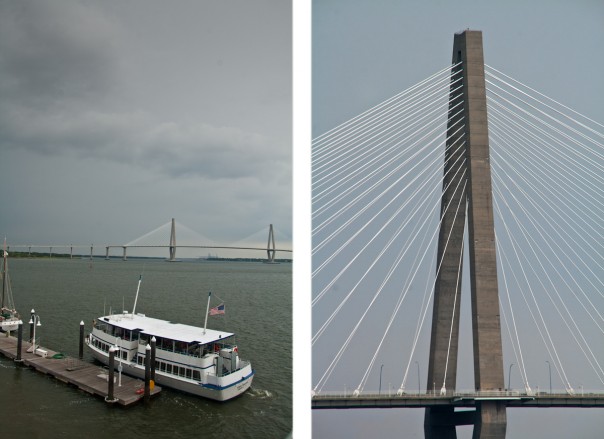
There are many reasons why photographers might and should consider an multi-purpose zoom lens with optical stabilization as the one lens to bring on photo adventures. Here’s just a few reasons to think about packing the Sigma 18-250mm F3.5-6.3 DC OS HSM as your lens of choice for your next outing.
- A bag full of specialty lenses can, in fact, be quite heavy to lug around all day, day after day on a trip, and gear that’s going to stay in the hotel safe because it gets tiring to lug around isn’t making any photos!
- When travelling with young children and all the gear kids require, there’s just not room for a big, dedicated camera bag any more (this is very true for me these days!)
- Swapping lenses in rough weather conditions can lead to camera damage. If you don’t have to swap from a wide to tele lens on the beach, there’s no chance of getting sand inside the camera! (Same goes for rain, ocean spray, snow, and dirt!)
- Security: Digging into a stuffed camera bag to swap lenses in tourist hotspots can make you an easy target for petty thieves, as you are distracted from the surroundings and carrying potentially valuable loot to be grabbed.
- Maximum versatility in tight quarters. Helicopter tours, and lighthouse climbs are but two examples of tourist activities that can be amazingly “cozy” situations where it isn’t necessarily possible or practical to try to switch lenses to make different shots.
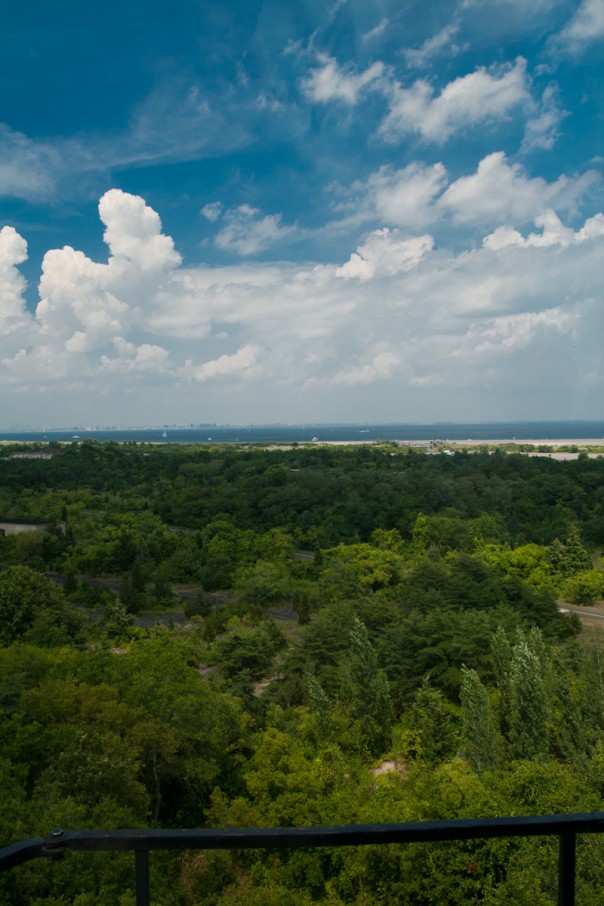
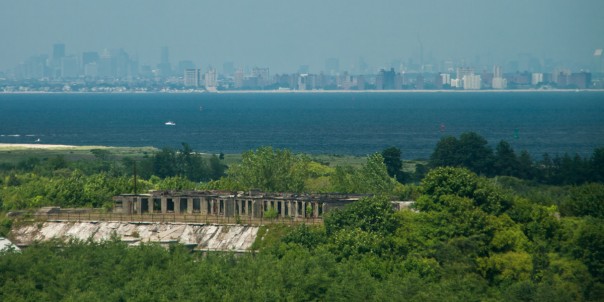
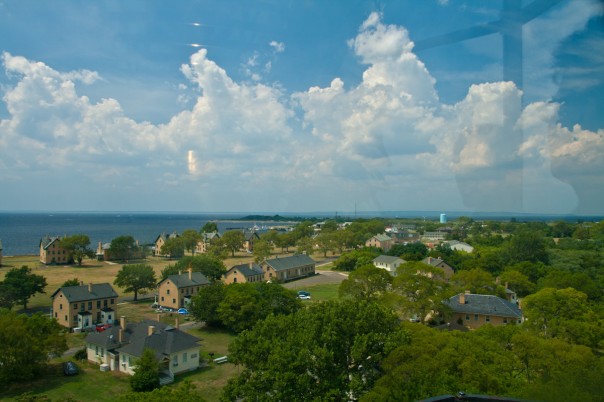
As you’re seeing, multi-zooms like the Sigma 18-250mm F3.5-6.3 DC OS HSM do a lot of types of photography very well. But as with every lens, there are certain tradeoffs to be made.
There are ultrawide zoom lenses that can take in even more sweeping angles of view. And some telephoto zoom lenses have maximum zoomed apertures that are a couple of stops quicker than the the f6.3 @ 250mm, or that have longer reach at a faster constant aperture. And there are many dedicated macro lenses in the Sigma stable that will capture images at 1:1 magnification as I discuss here, compared to the maximum 1:3.4 setting at full zoom on the 18-250mm.
But this multitasker makes some smart tradeoffs to be very adept in many types of photography in its small, economical package. And when you bump the street price of the 18-250mm up against some of the more specialized lenses, you start to realize that it’s a very capable tool that can be put on your SLR and be ready to capture great photos of pretty much anything you can see through that viewfinder, from sweeping vistas to to distant sports and wildlife action in one easy-to-handle lens.
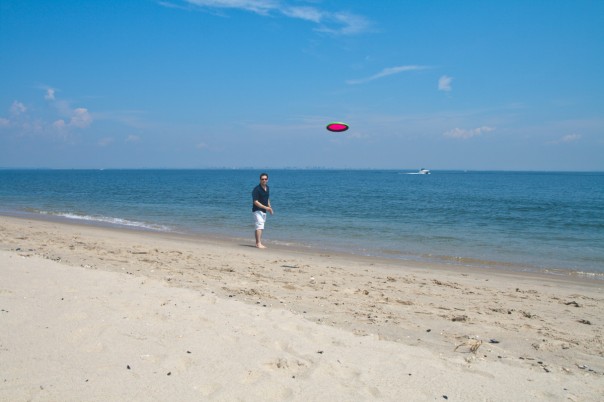


The O and S in the name of the Sigma 18-250mm F3.5-6.3 DC OS HSM stands for “Optical Stabilization,” indicating that this lens features floating lens elements that sense camera motion and react in the opposite direction to dampen and counteract slight camera movements–meaning that you can very often safely hand-hold shots at shutter speeds slower the the inverse of the shutter speed (1/250 for a 250mm focal length, for example) and still achieve sharp shots. I’ll be posting a long blog posting digging into this topic next month, so I’ll leave the long technical explanations and OS tips and tricks for then.
Briefly, in practice, Optical Stabilization lets you make sharper shots at slower shutter speeds without always having to anchor your camera on a tripod or monopod. So, even though the maximum aperture at 250mm is a bit on the slow side at f/6.3, you can switch OS on, and slow down the shutter speed to get a properly exposed frame, instead of having to crank the ISO way, way, high in dim lighting conditions.
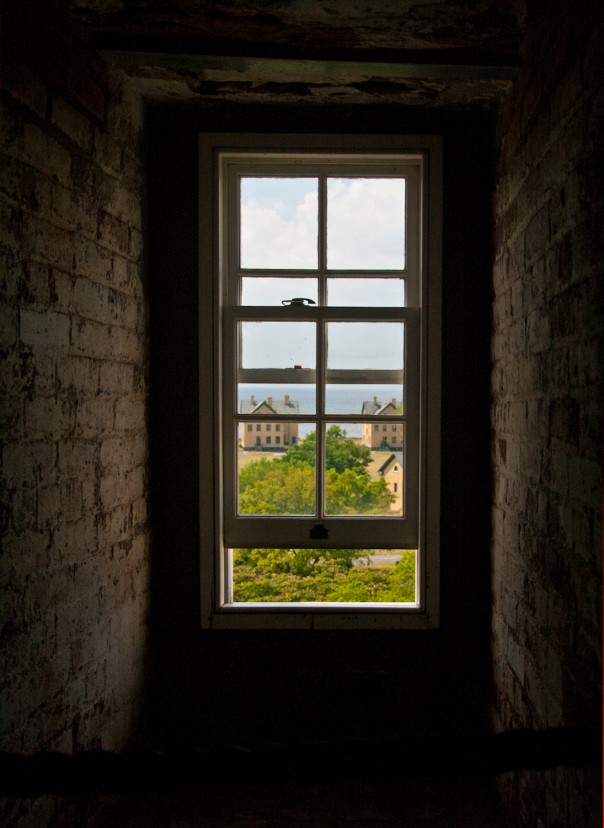

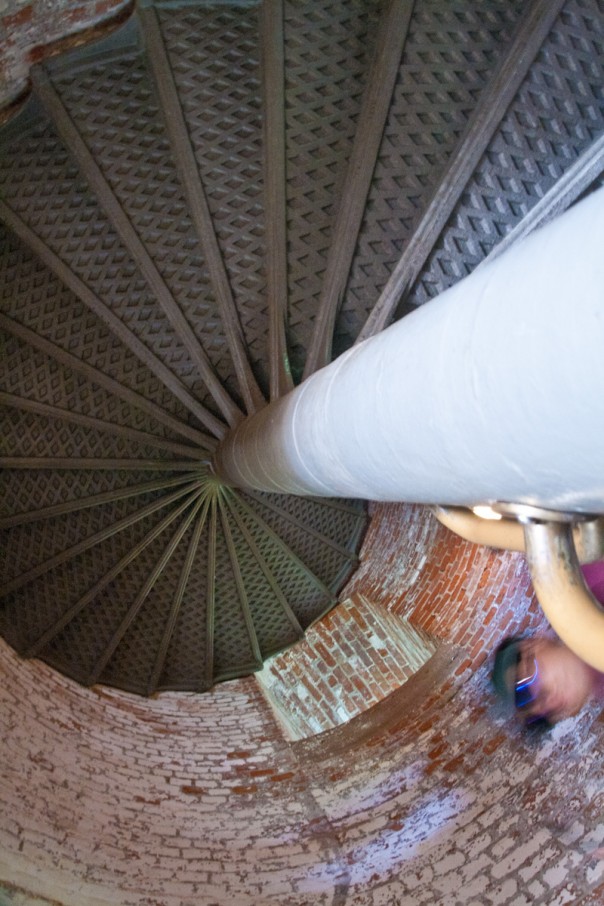
The Sigma 18-250mm F3.5-6.3 DC OS HSM captures small objects at a maximum reproduction ratio of 1:3.4 at full 250mm zoom. This means that a 1 centimeter object captured at highest magnification will be recorded across a patch of the the sensor just a hair bigger than a third of a centimeter. This is a very respectable macro magnification for a multi-tasker, and means that it’s very reasonable to leave a dedicated macro out of the bag when traveling light with maximum versatility is the plan for the day. OS is a very welcome feature for macro shoots due to the long focal length for maximum magnification.

Back in 1999, I travelled across Ireland and England with a much earlier version of a Sigma superzoom attached to my Canon EOS Elan II film camera. I was backpacking all over those islands over 10 days, and traveling light with maximum versatility mattered a lot! Twelve years on, some of the shots I made on this trip are still among my favorite personal photos.
And as I write this article, close to 75 shots made with the Sigma 18-250mm F3.5-6.3 DC OS HSM mounted on my Canon EOS Rebel XTi from my recent family vacation to Isle of Palms, South Carolina are being processed at my local photo lab. We’ve got everything from wide angle beach scenes, to telephoto action shots of my wife and daughter playing in the surf, and a whole lot more, all made with one lens mounted on this camera for almost all of the trip. And when I look at the frames we brought home, I see these great photos of an amazing family trip–all made with one compact multi-talented superzoom lens.

And check out this time lapse waterfall video captured with the Sigma 18-250mm F3.5-6.3 DC OS HSM!
Have any questions for Jack about this lens? Leave a comment below or drop him an email at Photoworld@Sigmaphoto.com Got photos made with this lens? Share them on ourFacebook wall!

Veo unos resultados excelentes que animan a comprarlo
Excelente la domostraccion de la calidad del lente 18/250.-
Buscare comprarlo.- (Poseo el 28/200 Sigma.-)
Gracias por vuestro envio.-
Emilio Vaxelaire (Australia).-
I own one of these too, and I have got to say that it really is a versatile and quality lens. I love this lens as well as my other Sigma lenses.
Hi, I have the discontinued 17-300 Sigma lens. I use it for the very same reasons mentioned here. i simply love it on my Canon EOS 55D.
Bob Templeton Australia
I just got the lens after reading your review and also talking to another friend and prod owner of the Sigma 18-250mm lens.
I love it! It’s just so convenient …
BTW, I was just at Long Branch and Sandy Hook. Nice place! Will go again…
I love your products!! I own the 30mm 1.4 lens. I can only imagine what I could do with an amazing lens like the 18-250mm lens. What is the f stop on this one? I was suprised you were able to get a snap of the spiral stair in such close quarters. Then again the focal range does start at 18mm. I can’t wait to save up for this awesome lens.